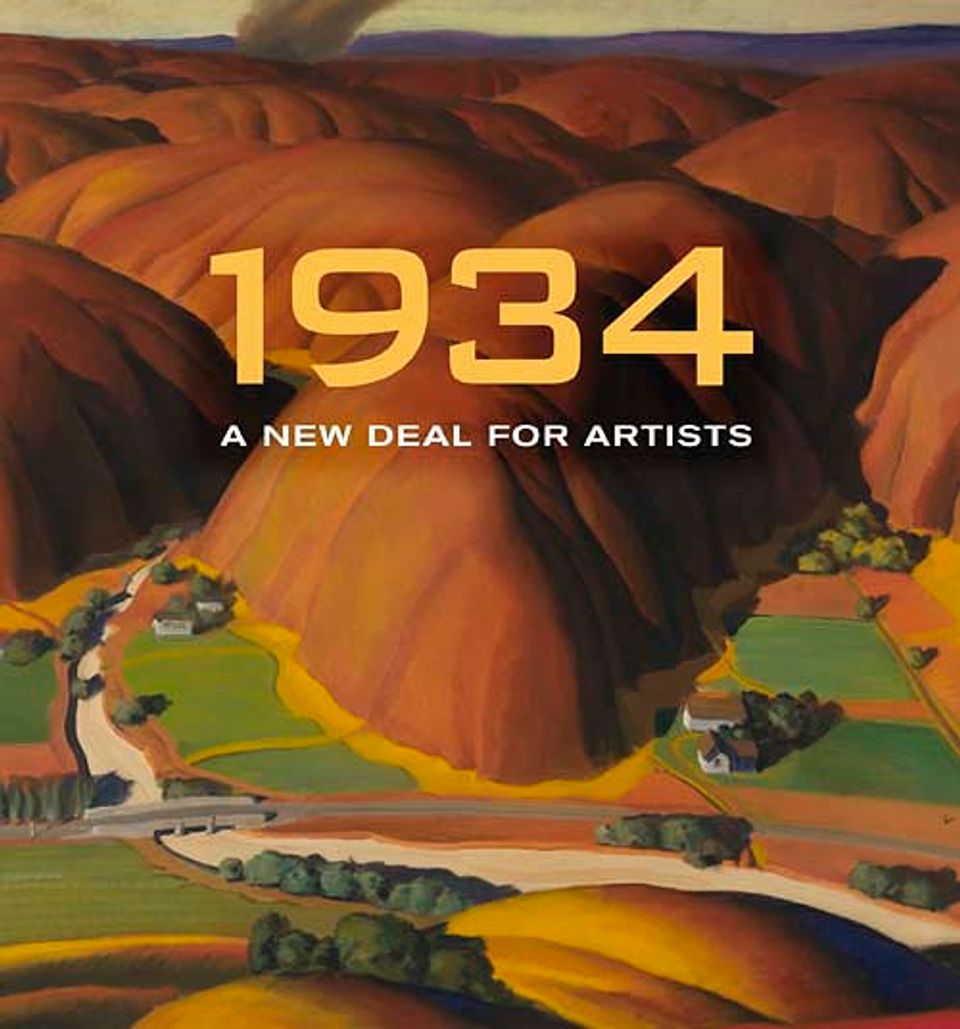Artwork Details
- Title
- Gold Is Where You Find It
- Artist
- Date
- 1934
- Location
- Not on view
- Dimensions
- 40 1⁄8 x 50 1⁄8 in. (101.9 x 127.3 cm.)
- Credit Line
- Transfer from the U.S. Department of the Interior, National Park Service
- Mediums
- Mediums Description
- oil on canvas
- Classifications
- Subjects
- Object — tool — hammer
- New Deal — Public Works of Art Project — California
- Architecture — industry — mine
- Occupation — industry — mining
- Figure male — full length
- Object Number
- 1965.18.49
Artwork Description
Rising gold prices during the Great Depression caused many old mines to reopen and sent the hopeful across the American West in search of new strikes. When President and Mrs. Roosevelt chose this painting to hang in the White House, it represented a rapidly rising industry helping to fuel the reviving American economy.
1934: A New Deal for Artists exhibition label















